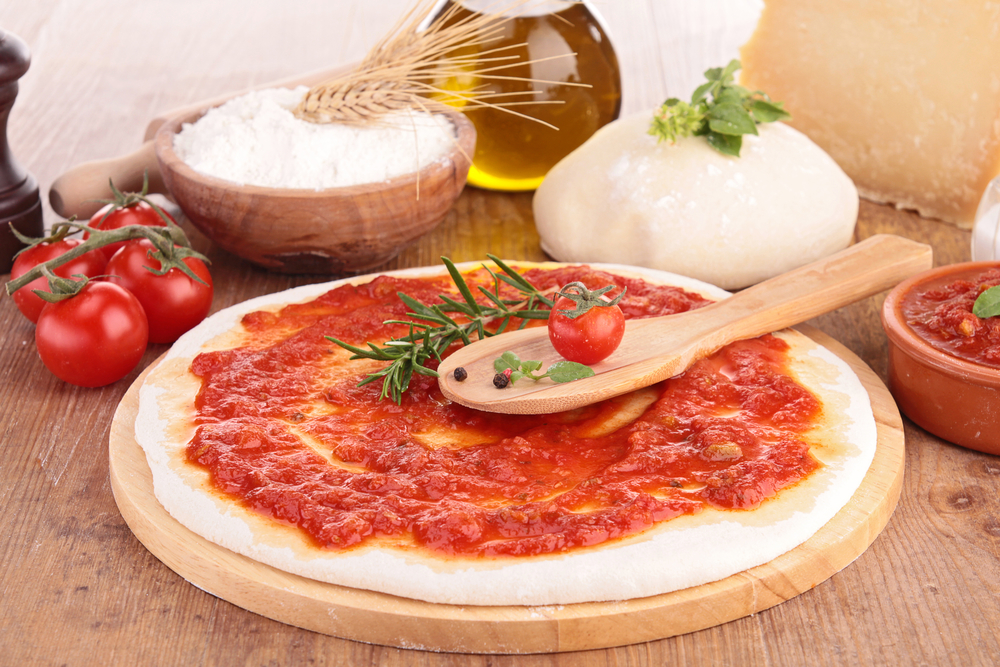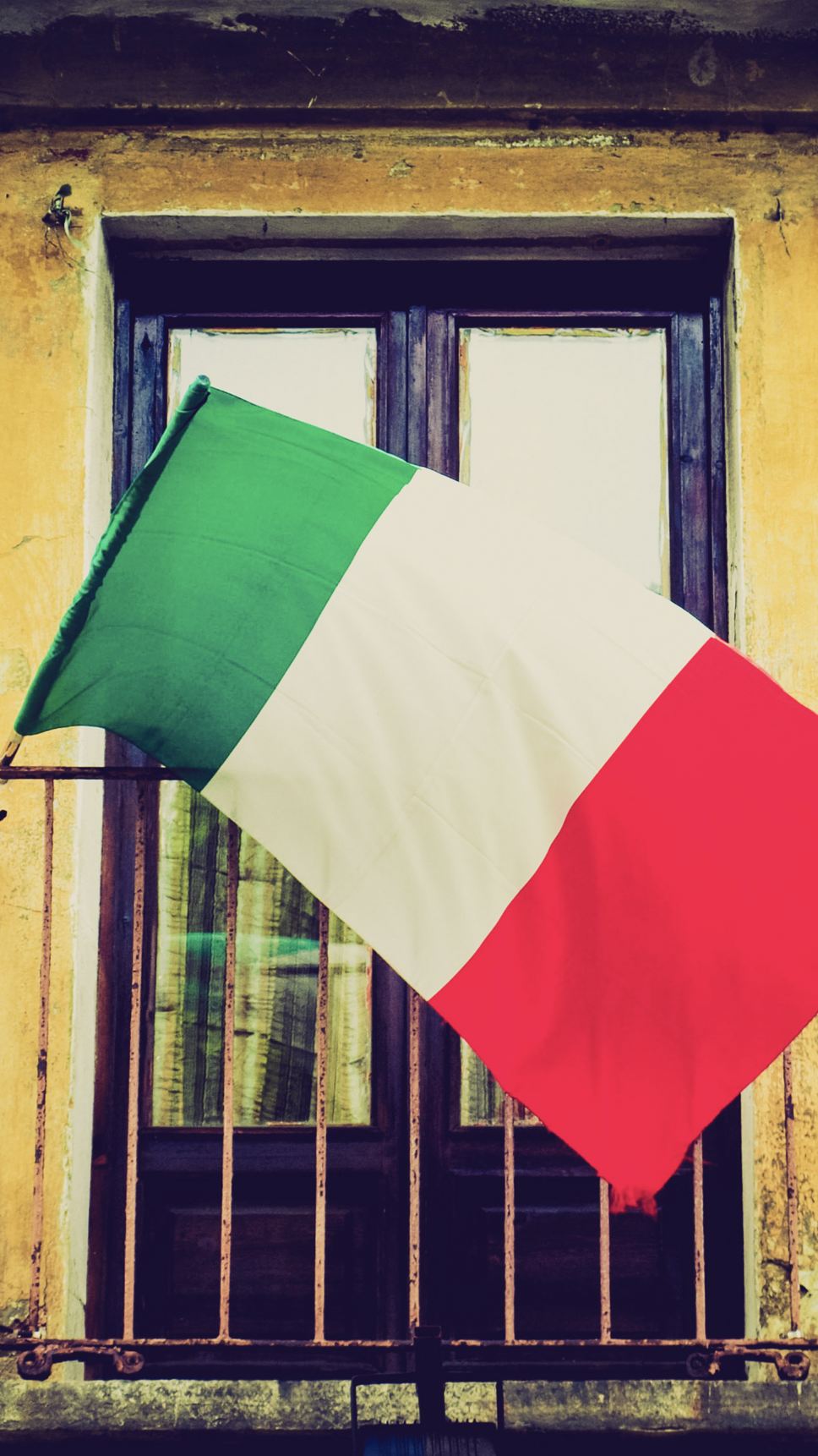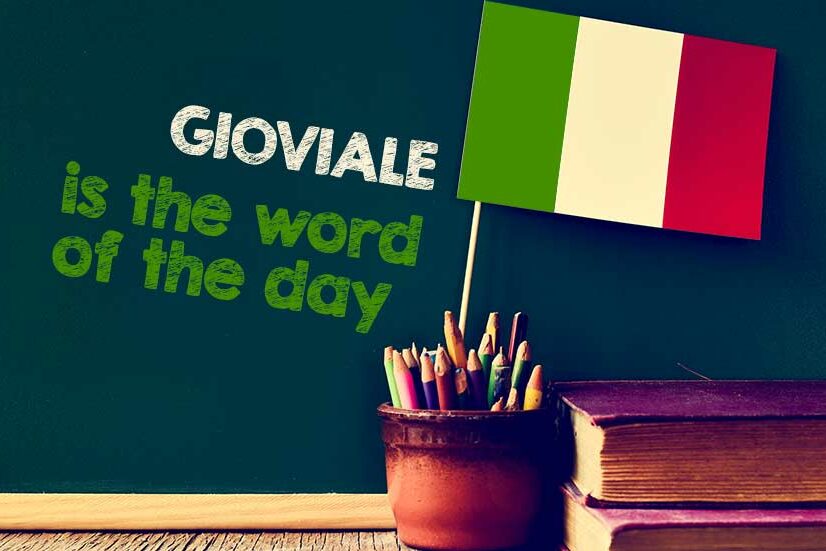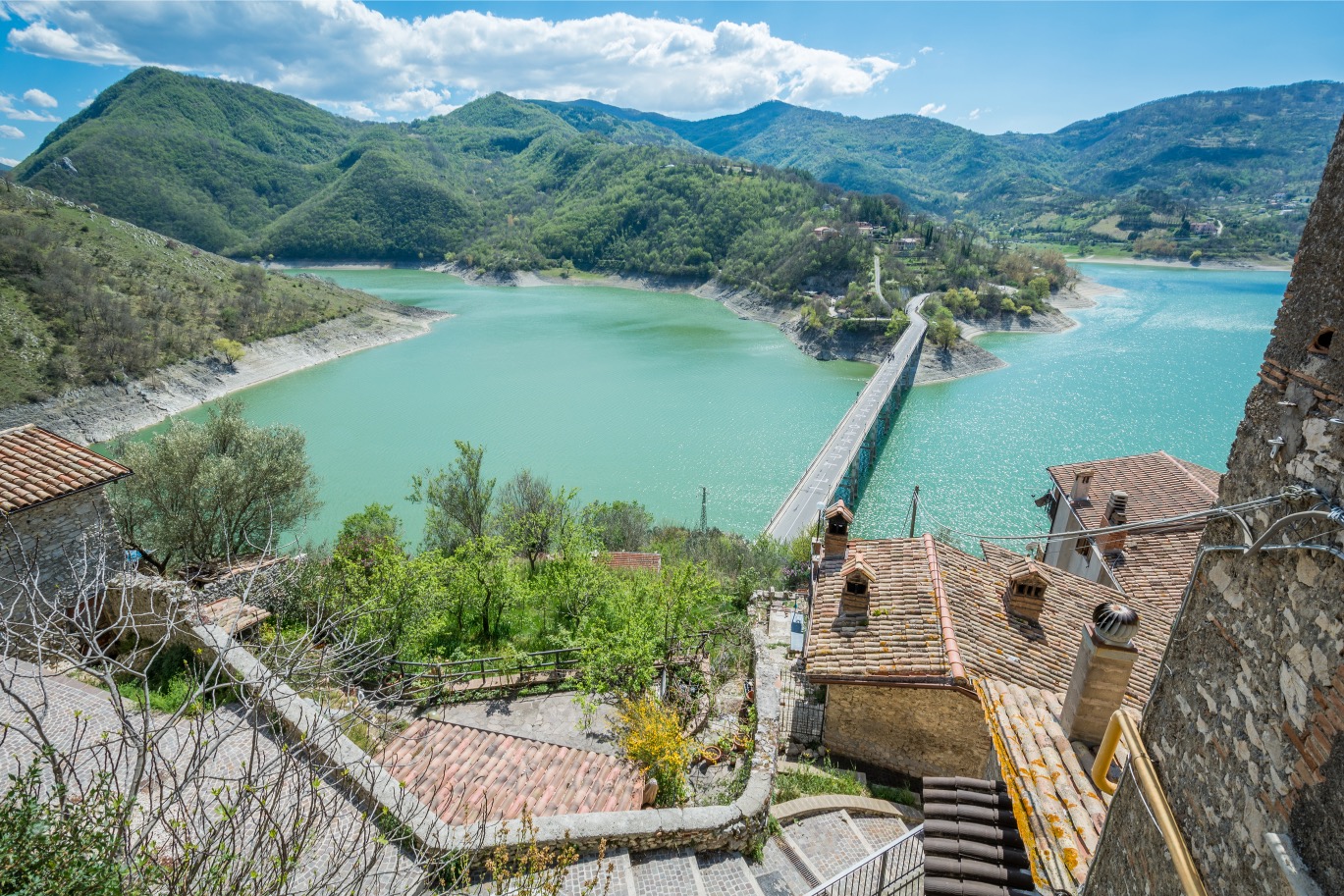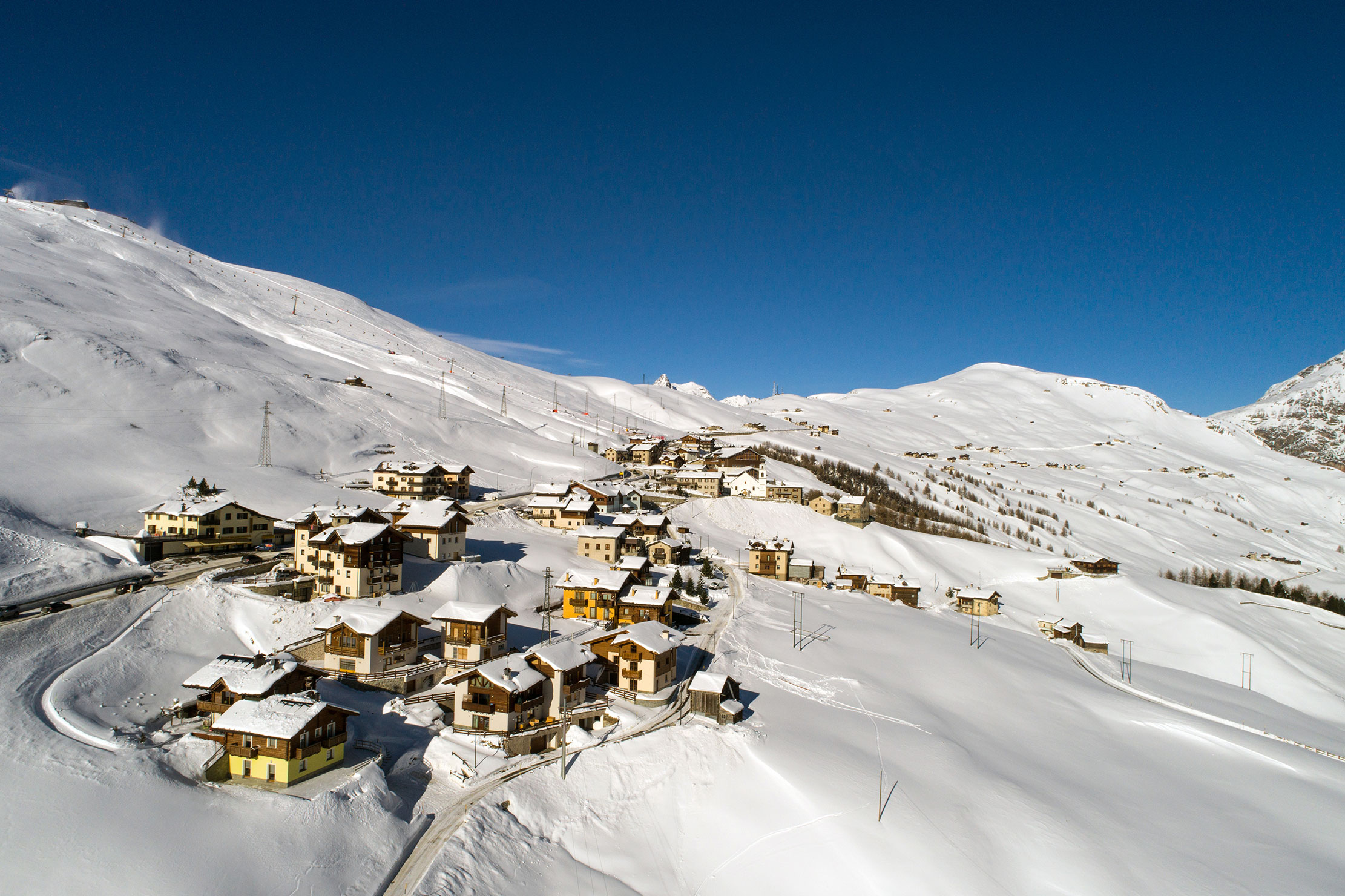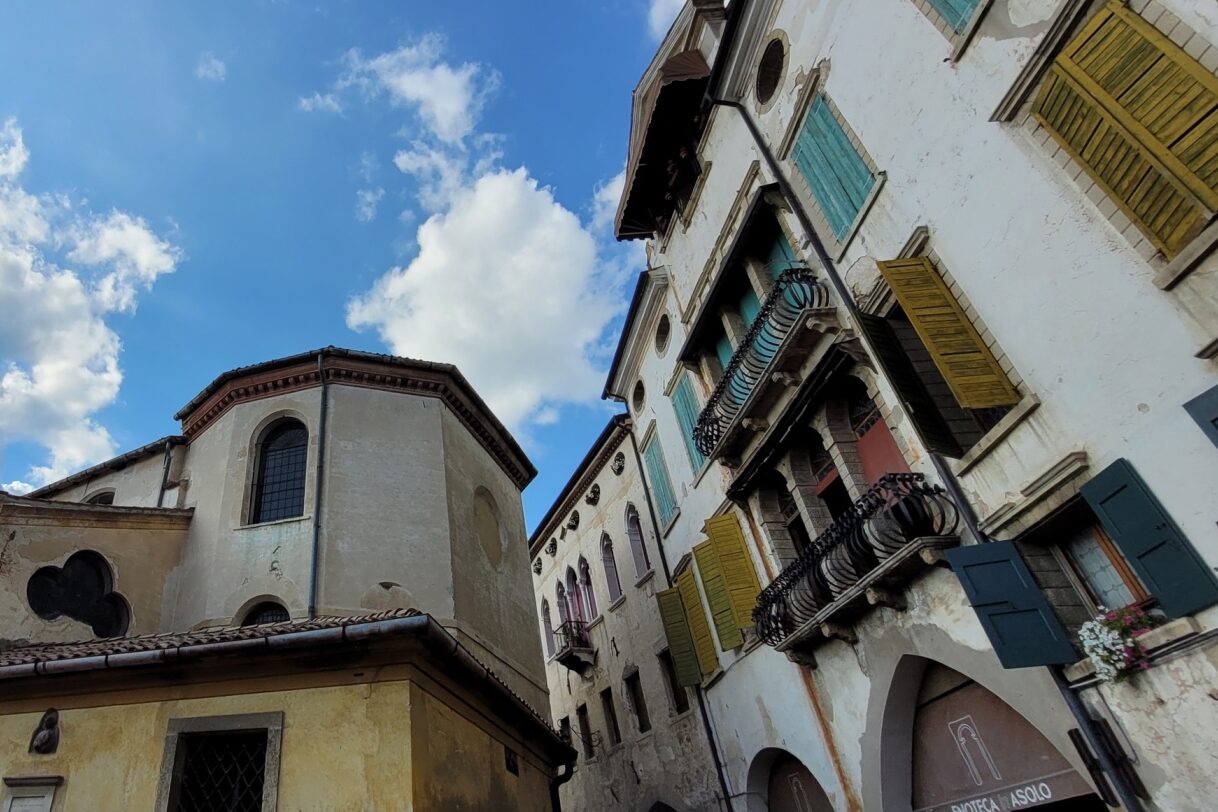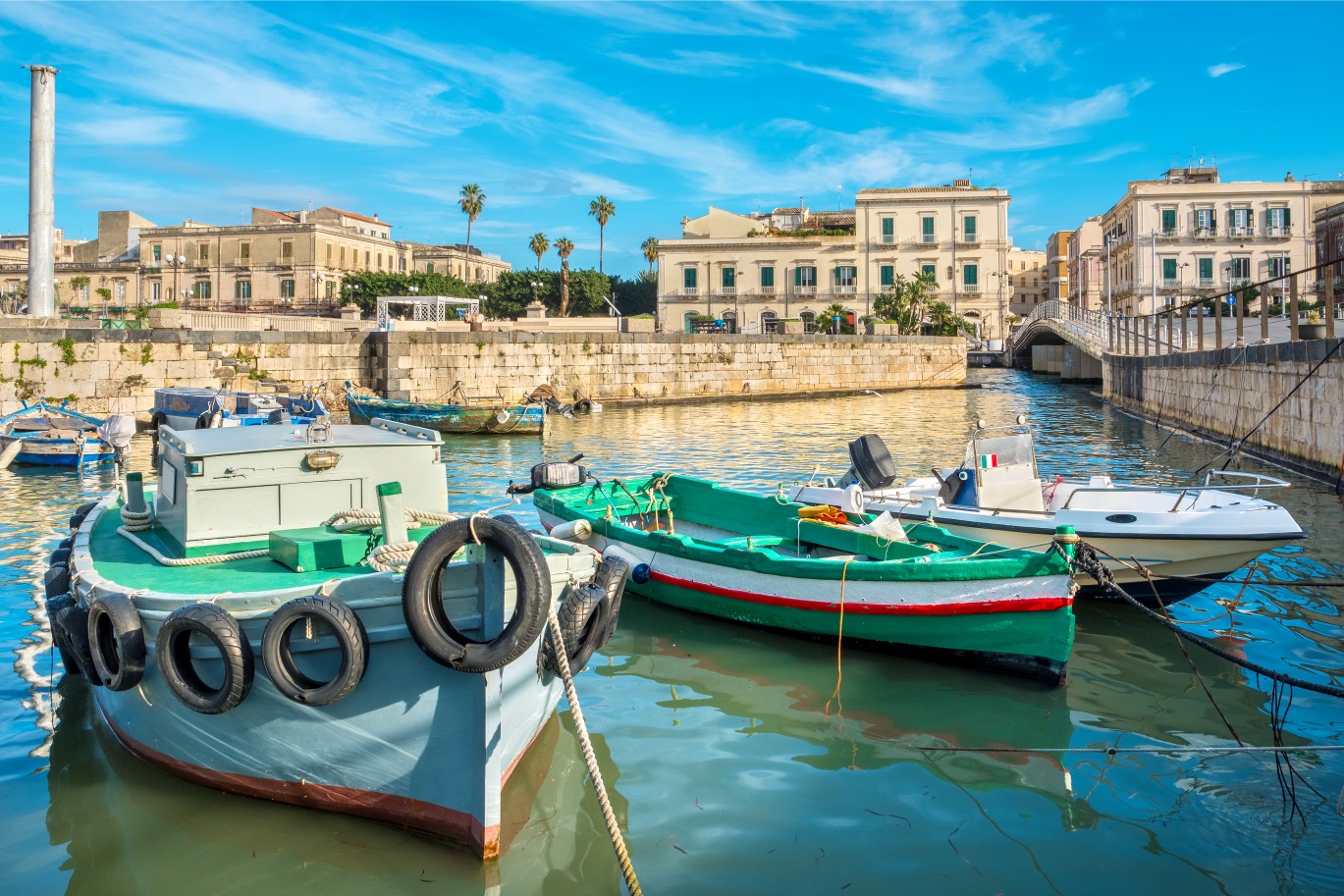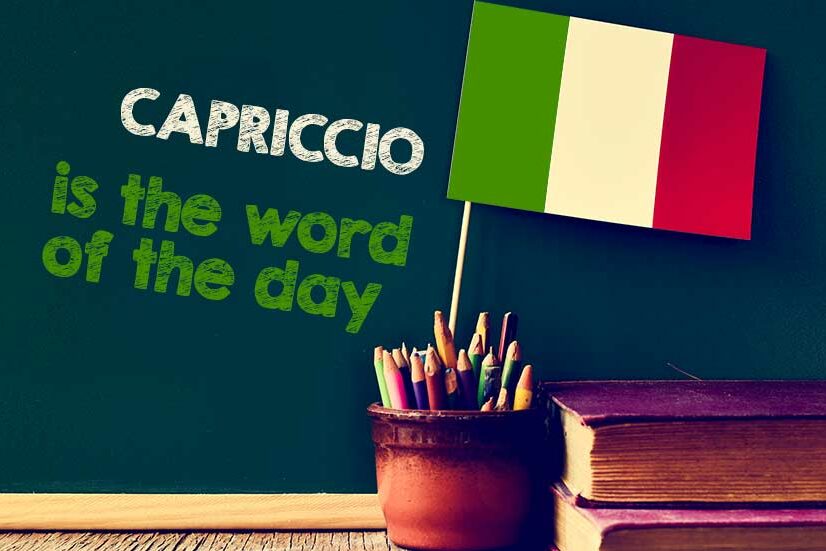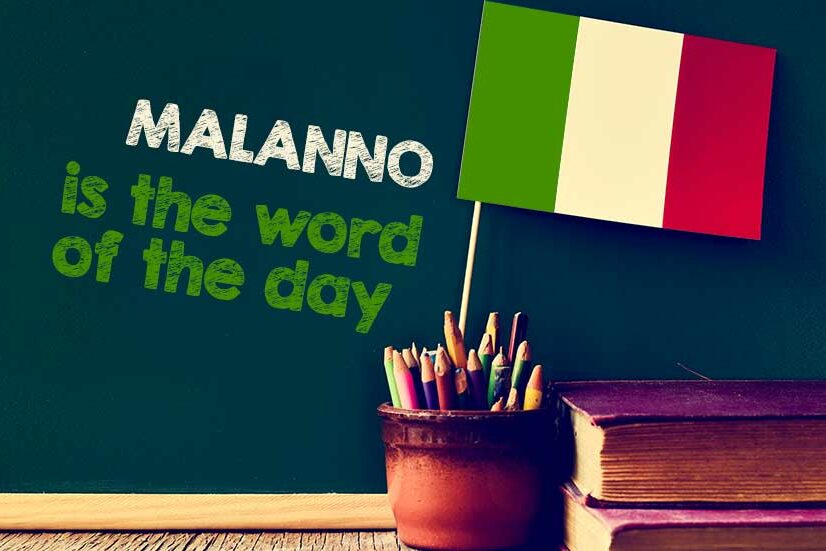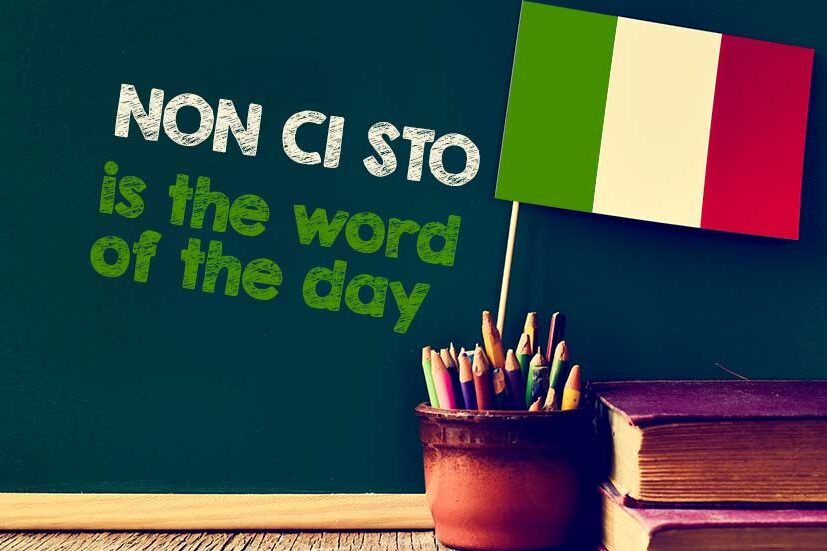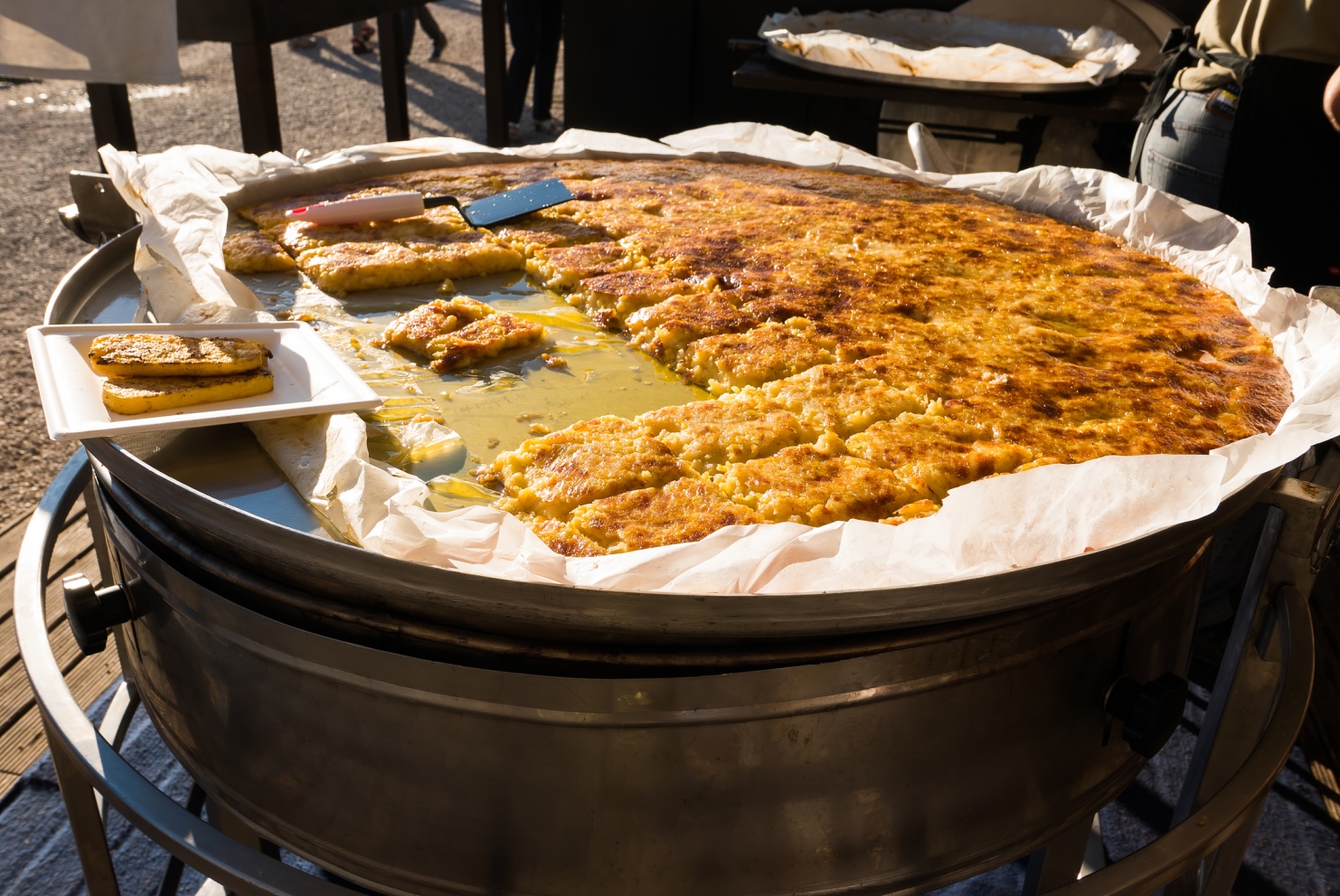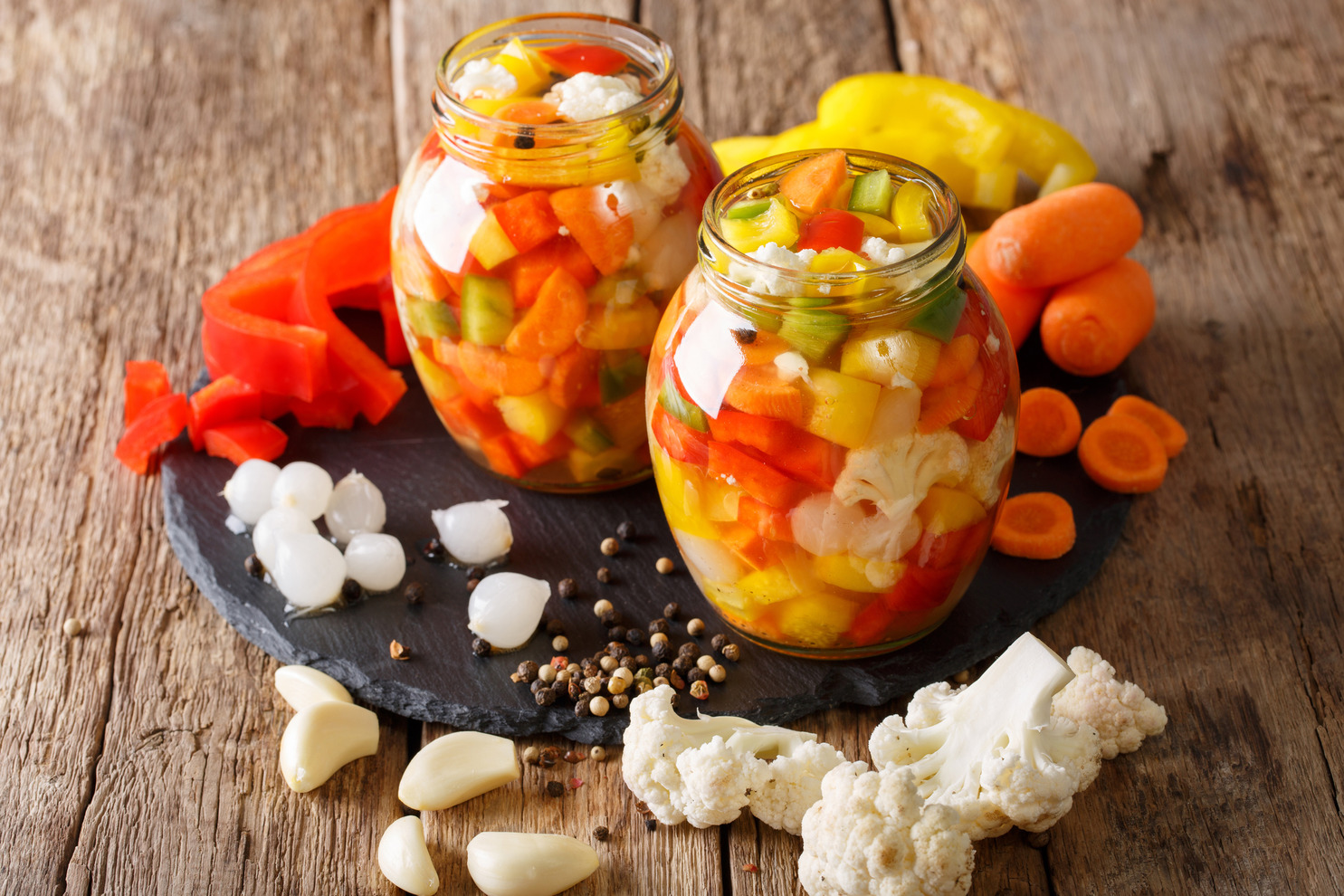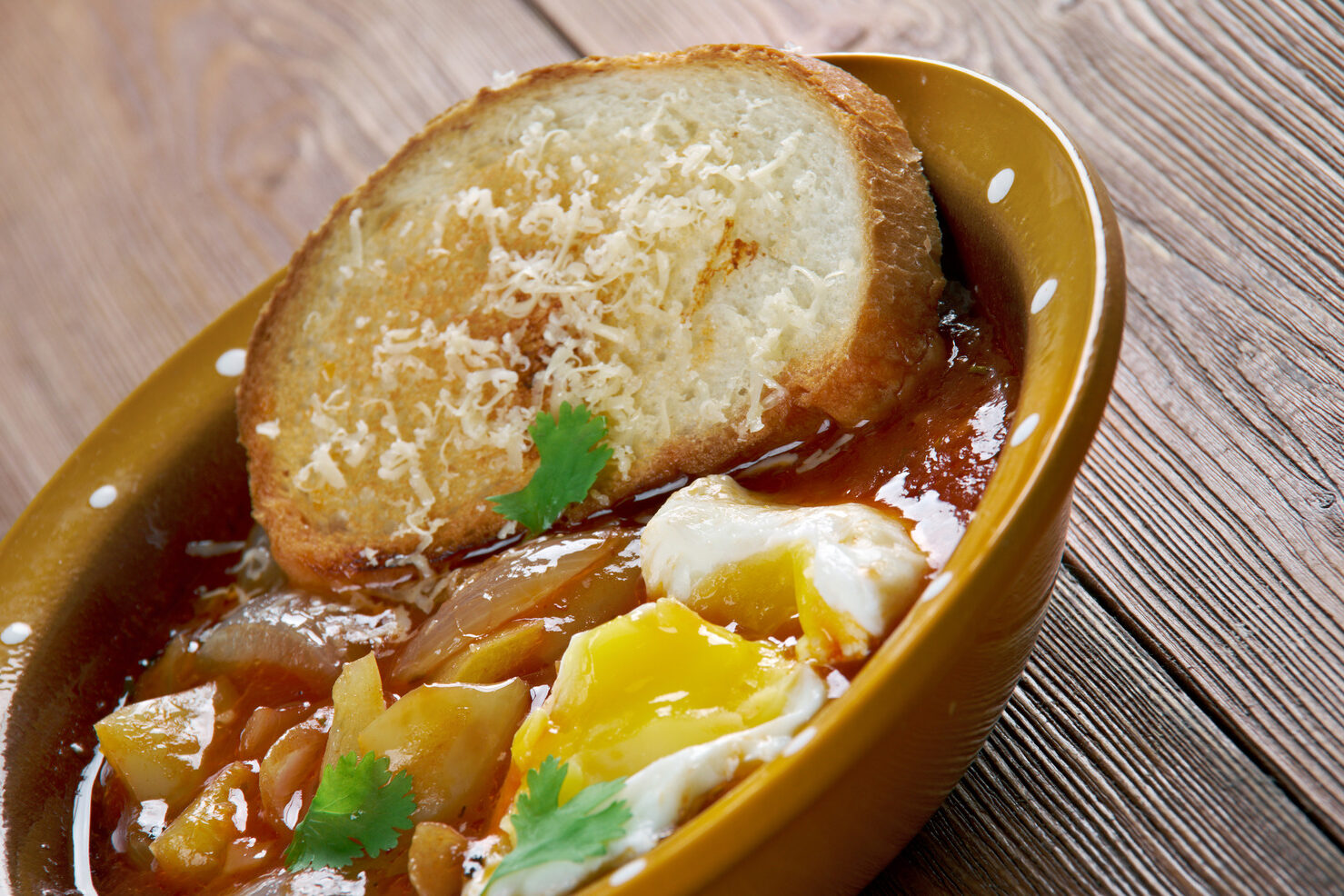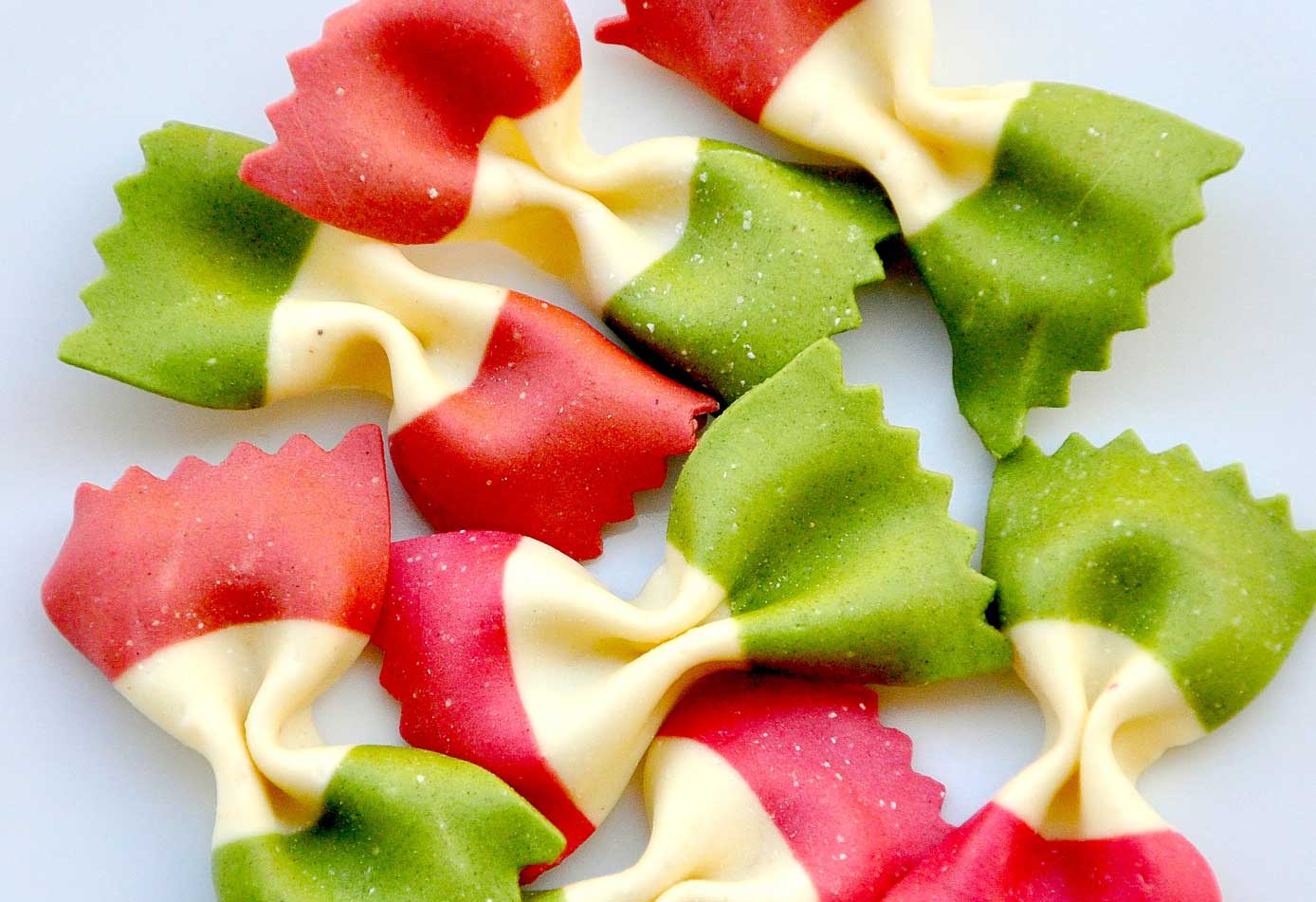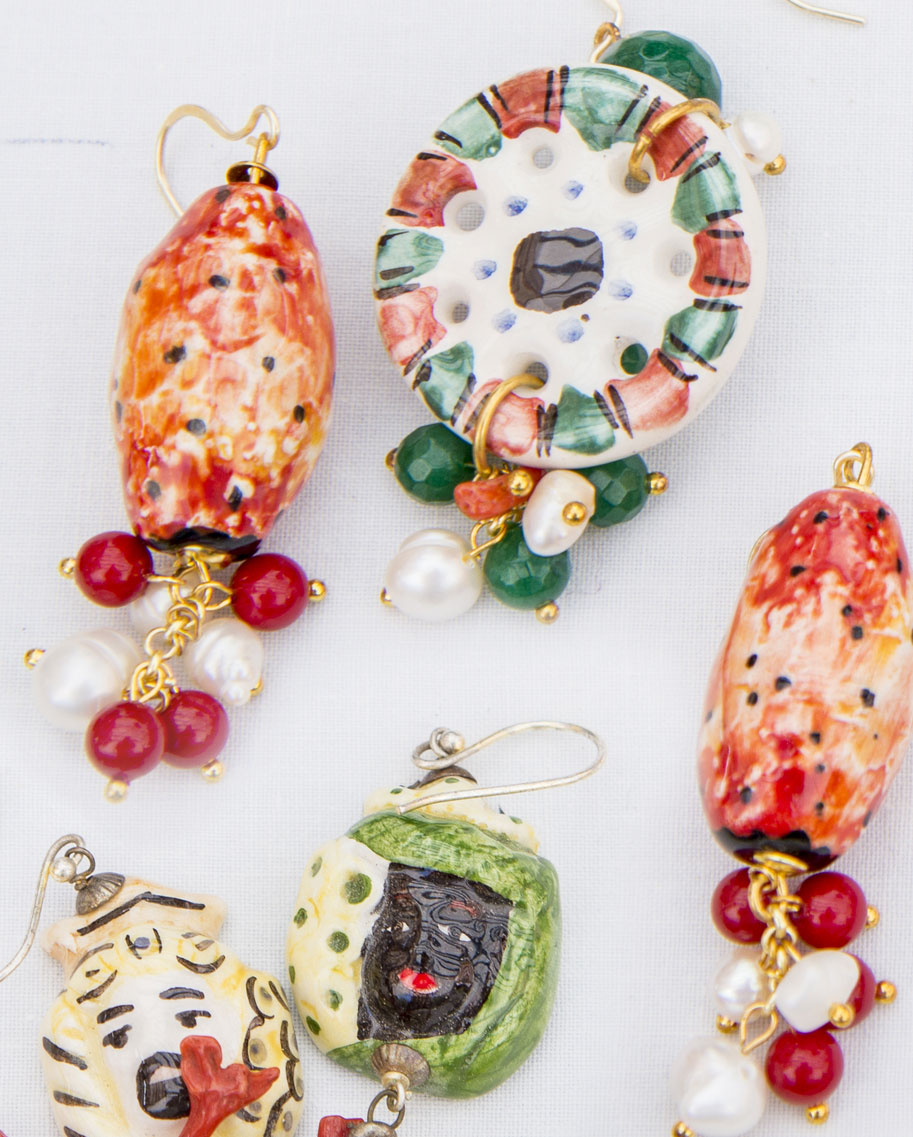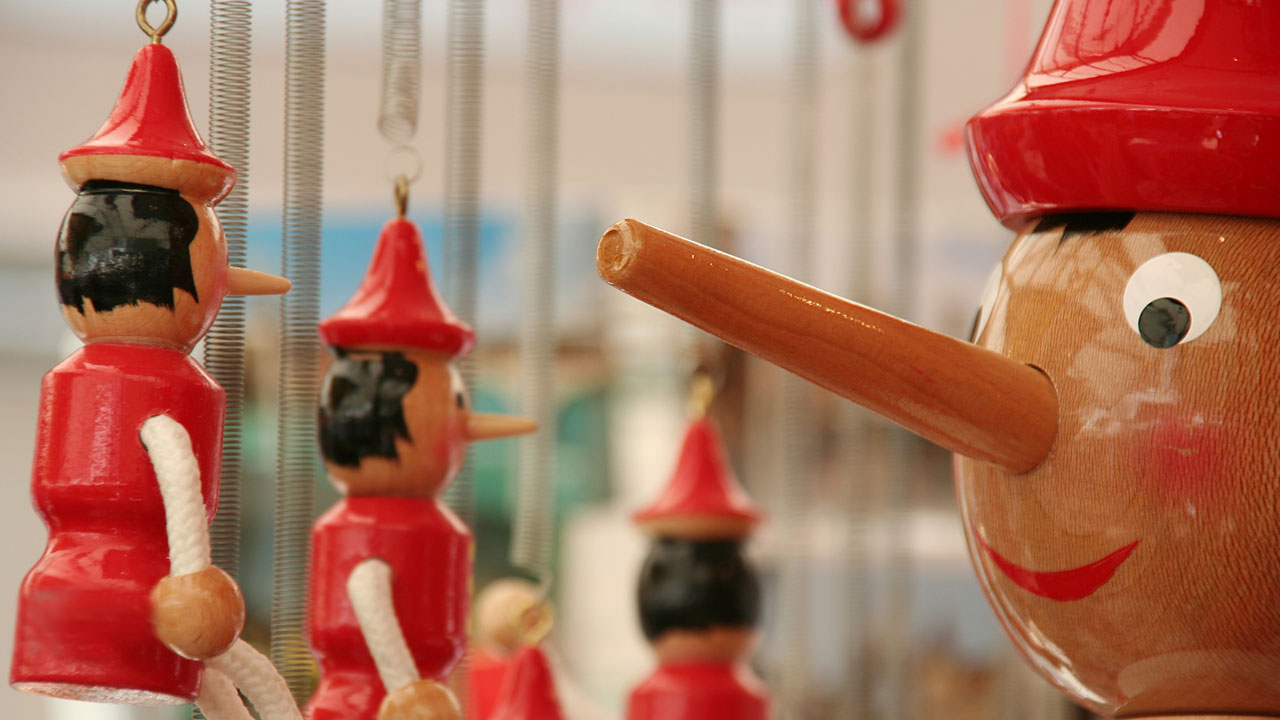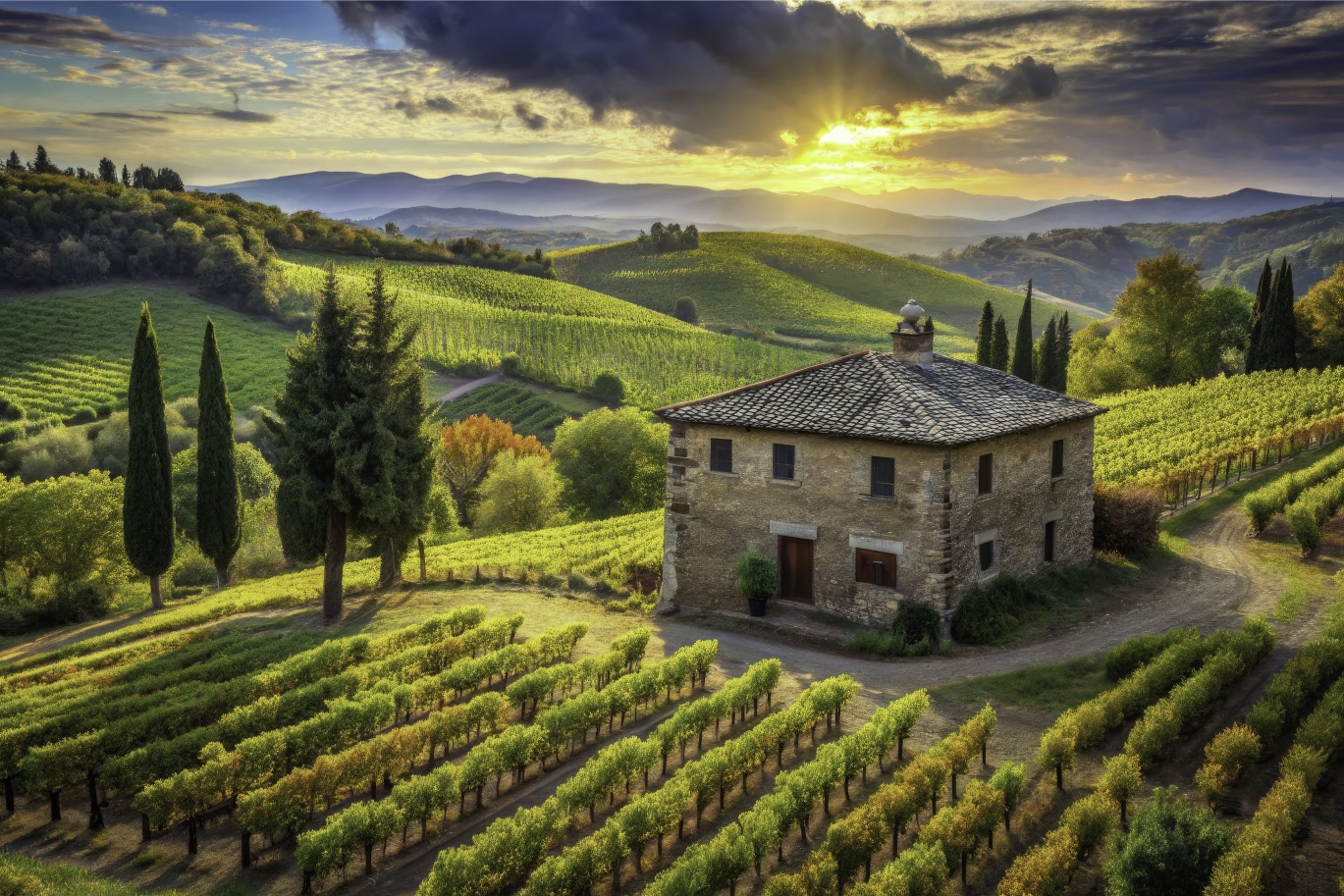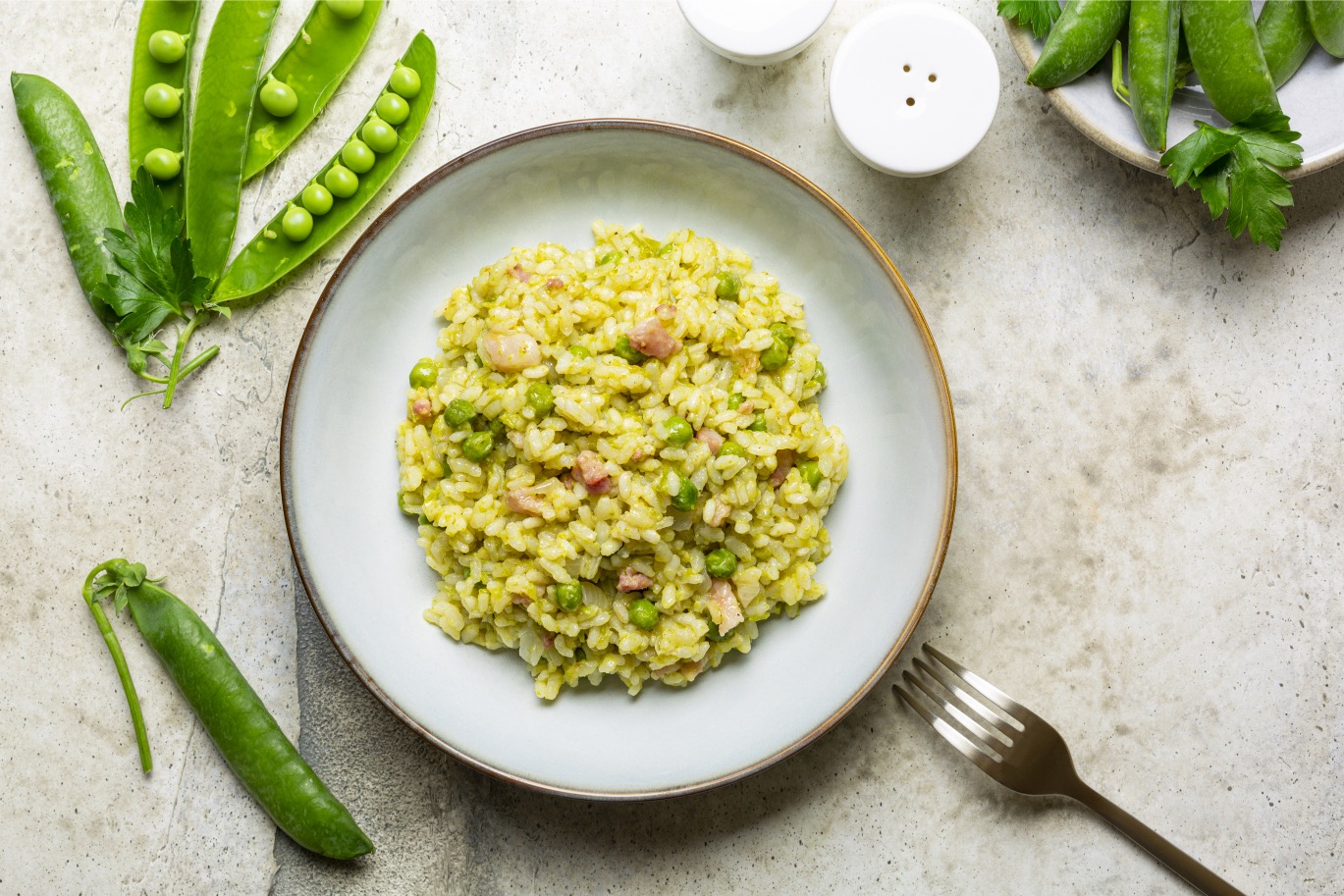When I started making pizza about 15 years ago, I made a lot of terrible pies… doughy, pale-looking, tasteless, flat, oily, floppy, burnt–you name it. Lots of mistakes. But that’s the part of life I love–learning from our mistakes and really fine-tuning a craft, talent or skill. You have to crawl before you walk or run. On guitar, one must pluck before you strum and then eventually really make some music. On my penny whistle, I squealed like a pig before I could play a tune that my wife wanted to sit and listen to. My love of carpentry started when I was 5 years old… with me holding the board while my father sawed it through. Now, I can built pretty much anything I set out to build.
Learning to make truly great Pizzas requires the same attitude–learning from mistakes–and successes, as they add up. I would say that it took me about a year to learn how to make a really delizioso pizza–perhaps another couple of years until I could make pretty much any style of pizza… thin crust, thick foccacia, Chicago deep dish style, etc. I’m not saying it will take you a year, especially since you have me to help you along! You have to start somewhere, and with that simple fact, you need a simple dough that works. I am going to show you how to make my all-around, Basic Pizza Dough…
But, first…
What Tools Do I Need to Make Great Pizzas?
First, a brief mention of tools…
To start with, you need a large enough clear area of work-space to make your pizzas on. Hopefully, this won’t be too far from your oven. The work-space can be anything: marble, granite, Formica or wood. Personally, I like using a wood surface. I use a large board designed for making breads and pie crusts that always sits on my work counter. Keeping it well floured keeps dough from sticking. A bench knife (or bench scraper) is also a must-have too, used when dough does stick, for scraping and cleaning the counter and cutting dough into smaller portions.
Processing: Either a larger sized food processor (with a plastic dough blade) or a stand mixer with dough hook is best. If you really want to go “green”, don’t plug anything in and learn how to make your dough using the old-school technique of starting with a fontana(fountain, or volcano) shaped mount of flour, with the wet ingredients added and mixed in a well in its center. (I’ll write another article on this method). Many nonne would simply use a large wooden spoon and bowl. Still, a powered mixed speeds things up–after all, this is Old World quality with New Millennium technology. You are going to be makingartisan pizza–not pizzeria pizza.
To make a good crust, you really need a rectangular
pizza stone. Round stones are limiting (and they can be fairly small), but you can use a 16″ rectangular or square stone to make virtually any type or shape of pizza (or bread), regardless of whether or not they are placed directly on the stone or are baked in a pan. Although you can bake pizzas in pans placed directly on an oven rack, using a stone affords shorter bake times and a crisper bottom crust. Placing a pizza in a metal pan directly on a stone speeds up the transfer of heat from the stone to the pan. On a rack, the air in between the rack’s wires insulates most of the metal and slows down this transfer of heat from the rack to the pan. For the same reason, a darker pan helps bake faster and gives a crisper bottom crust.
You should also pick up a
pizza peel to prep your pizzas on and to remove pizzas from your oven. You might have seen a TV
pizzaiolo on occasion loading up their dough rounds with toppings right on their floured, marble work surface, and then drag it onto a peel. Don’t even try this. Your dough could stick, you could tear it and heavier toppings will go all over the place. (Because of the way it’s made, commercially made dough is often tougher than home-made, artisan pizza, which can be very delicate.) Shape your pizza on a wooden peel. I like using a metal one for removing pizzas from the oven, but a wooden one can also do double duty, if space is at a premium. If you plan on using a wooden peel to remove your pizzas form the oven, select one with a long handle to make lifting heavily topped pizzas more manageable. This is the advantage of having a separate metal,
long handled metal peel for removing pies from the oven.
Tip: In case you have a small, galley style kitchen, make sure you have room to back out a long handled peel before buying one. When planning to bake pizzas directly on the stone, I recommend using
parchment paper on top of your wood peel when shaping your dough.
The process: cover your wood peel with parchment; after kneading the dough on your work counter, shape the dough on top of the parchment; next, add the toppings. The parchment does two things: It helps slide your pizza (with the parchment underneath) onto the baking stone (even with heavily loaded pies); and it helps keep your stone and oven clean. When I first started making pizzas, I used to use stone ground corn meal on the wooden peel. You can do this, but I’ve found that some always falls into the oven itself, gets burned and makes a mess on both the oven and stone.
Most pizzas are shaped on your wooden peel and baked directly on the stone. When just starting out,For making pan pizzas, you might consider getting a
set of round, dark pans. When you feel more confident (rectangular pizzas are more difficult to shape in a large pan), you can advance to a large,
dark, non-stick rectangular pizza pan–a heavy one is better than a cheap thin pan. You will use this when making foccacia and “Sicilian”, square slice pies.
For serving, buy a flat, round 16-18″
pizza serving pan (the larger size can also fit 16″ rectangular pizzas). Do not use this type of pan to bake pizzas on, simply because they are usually silver and won’t crisp a crust bottom that well.
You might also consider a large
wooden pizza serving board for serving–and cutting–your pizzas on. Finally, don’t forget to buy a decent, large diameter pizza wheel (cutter).
Finally, you need a quality, heavy, sharp pizza cutter and an appropriately sized spatula to serve your cut slices. My favorites are a triangular one made of bamboo and a square edged one made of olive wood. I’ll often use a large metal spatula when serving heavily loaded Sicilian style, square slices. The photo on the right shows a nice 3 piece set that would be a good addition to any pizzaiolo’s toolkit
.
